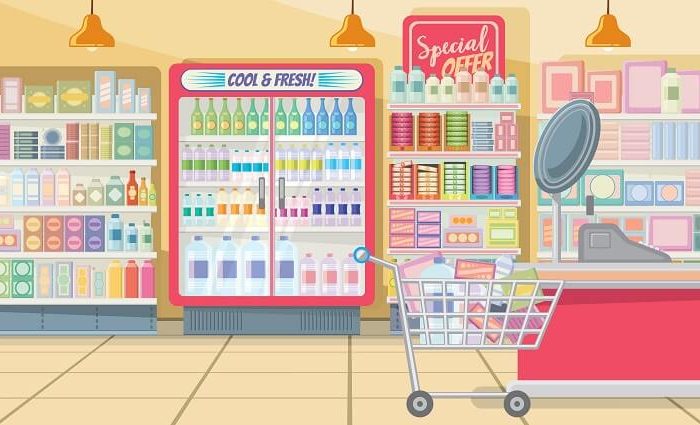Did you know that the layout of your grocery store can have a significant impact on sales? Believe it or not, there is a science to supermarket layout.
By understanding how customers move through the store and what they are likely to purchase, grocery stores can create a layout that increases sales.
It’s also known as the grocery layout strategy includes strategies such as product placement, aisle design, and signage that make it easier for customers to find the items they are looking for, encouraging them to purchase more.
In this article, we will go through the science of grocery store layout and discuss how it can be used to increase sales.
Table Of Content
What is the grocery store layout strategy?
How does the grocery store layout strategy work?
How to develop a successful grocery store layout strategy?
Benefits of a proper grocery store layout strategy
What is the grocery store layout strategy?
The grocery store layout strategy is a plan used by retailers to design and optimize the placement of products within a store. This strategy can be used to maximize sales, improve customer satisfaction, and reduce costs associated with stocking shelves.
The optimal layout of the store depends on many factors such as the size and shape of the store, customer demographics, and the types of products being sold.
For example, if a store primarily sells items that require refrigeration, like dairy or frozen foods, it is important to locate these items close together.
The grocery store layout strategy also takes into consideration strategies for guiding customers through the store.
This includes placing certain departments in strategic locations throughout the store and creating pathways that guide customers toward certain products.
This way, customers can easily find what they are looking for and retailers can increase sales by suggesting additional related items along the journey.
The grocery store layout strategy also takes into consideration promotional displays to help draw customer attention to new or seasonal products.
By using a well-thought-out layout strategy, retailers can increase sales and customer satisfaction while minimizing the costs associated with stocking shelves.
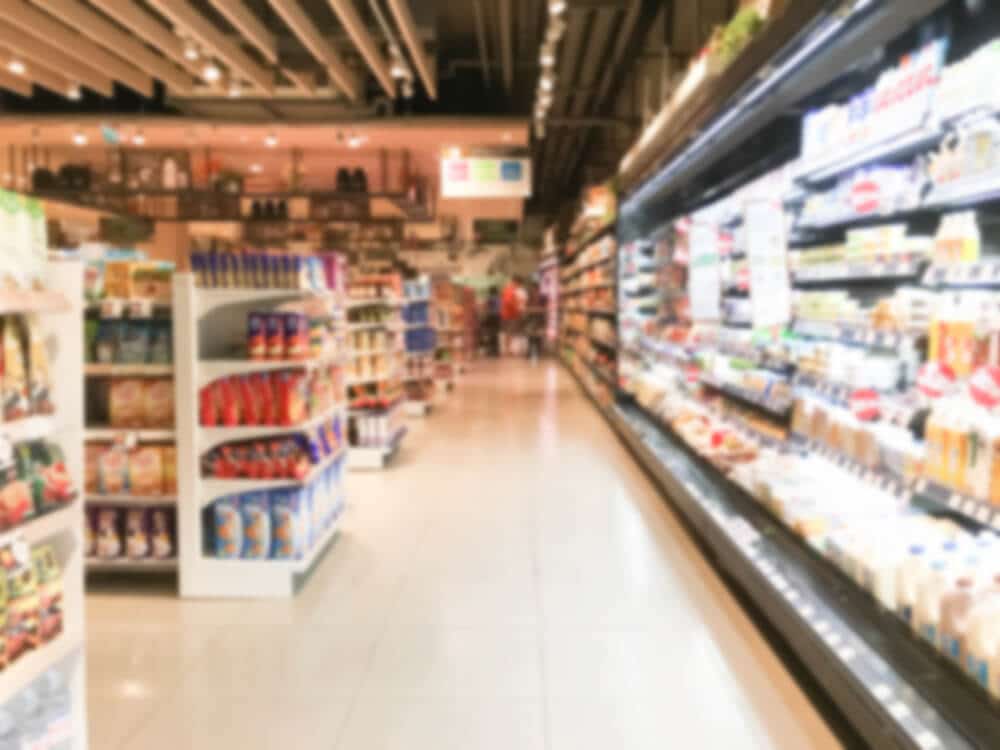
How does the grocery store layout strategy work?
The grocery store layout strategy begins with an analysis of customer demographics and store characteristics.
This can be done through surveys, customer interviews, or data collected from grocery POS systems. Once this information is gathered, the retailer can begin to plan a layout that will optimize sales and meet customer needs.
The retailer can then organize the store into departments, like produce, bakery and deli, dairy, frozen foods, and canned goods. Each department should be placed in an area that is easy to find and access.
Signage is also important in making sure customers have a clear idea of what products are where. Aisles should be clearly labeled and visually appealing.
Other factors to consider include traffic flow, ambiance, and lighting. Shoppers should feel comfortable navigating the store and be able to find what they need quickly.
Finally, retailers may want to use strategies like cross-merchandising and product placement to maximize sales. Cross-merchandising involves placing items from different categories together to encourage shoppers to buy more.
Read Also: How Do Grocery Stores Keep Track of Inventory?
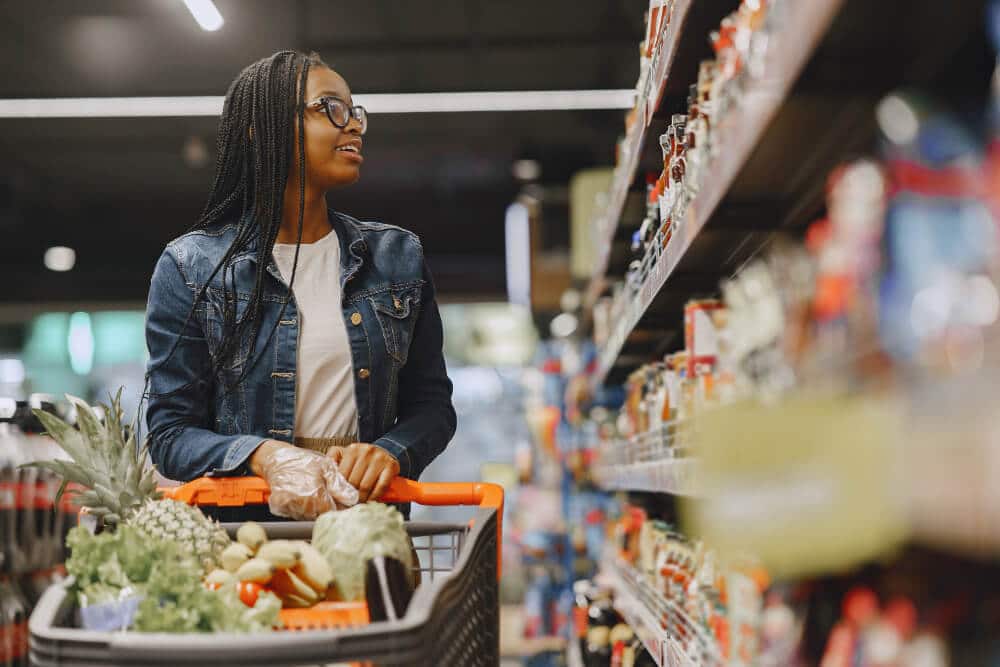
How to develop a successful grocery store layout strategy?
So now that we know one or two things about grocery store layout strategy, let’s talk about how to develop a successful one.
If you go to any mall or grocery store, you will find every store uses the same basic principle and layout.
1. Understand the target audience
The first step to success when it comes to grocery store layout is understanding the target audience. It’s important to know what type of customers are likely to visit your shop. This can be done by doing market research or simply observing customer behavior in other stores.
Is it mostly moms, families, college students, and professionals? Knowing the target audience can help you make decisions on what products to stock and where they should be placed in the store.
Also, read the list of grocery store marketing strategies
2. Put the grab-and-go items first
Grab-and-go items are the products that customers want quickly and easily. These items should be placed at the front of your store, as customers will often enter to simply grab these items before exiting.
Common grab-and-go items include
- Snacks
- Beverages
- Bread
- Milk
- Eggs
- Lunch meats
- Candy
- Cleaning supplies, etc…
Most of your customers visit the store for these items and you want them to be able to get in and out quickly. Each item should be placed properly so that customers can find what they are looking for in a short amount of time.
By placing the front side of the shelves facing outwards, you can help customers quickly scan and find what they need.
3. Don’t forget about the kids
It’s a well-known fact that kids dictate where the family shop, so it’s important to keep them in mind when creating your grocery store layout.
If you have items that are popular with kids, such as candy and chips, try to put them at a lower level. You can also create a separate aisle just for children’s products. This will make it easier for the kids and their parents to find what they need.
For example, cereals that come with kids’ gifts and toys can be placed in a section that is closer to the checkout counter. This will encourage kids to pick out items and ultimately help increase sales.
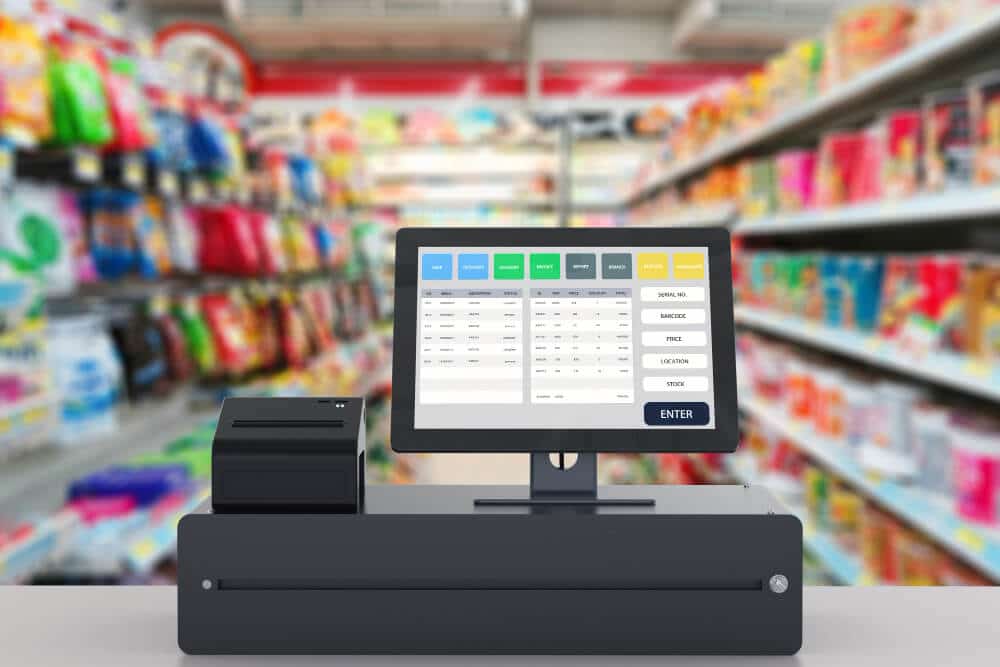
Streamline your business with Octopos– A Complete POS System with Big Boys Tools without the Big Price
It is a lot more than a point of sale. Octopos is easy and intuitive for you and your staff to use. Yet you get all these sophisticated tools to manage inventory, track and engage customers, get meaningful insights into your business, and much more.
4. Take advantage of the entry and exit points
The entry and exit points of a store are where customers will form their first impressions. You want to make sure that these areas are inviting and easy to navigate.
Try to place items such as magazines, newspapers, gum, and candy by the entrance so that customers can grab them quickly on the way out.
You can use your exit point by placing miscellaneous items like chips, snacks, and candy near the checkout counter. This will encourage customers to add a few extra items to their cart before leaving.
5. Use proper lighting and signage
Proper lighting and signage are important for creating an inviting atmosphere. Good lighting will help customers feel comfortable and make navigating the store easier.
Signage should also be used to clearly label each aisle and section of the store so that customers can quickly find what they need. Signage is also a great way to highlight sales items or new products.
By using the right lighting and signage, you can make a big difference in how customers perceive your store.
6. Make your store look intimidating from the outside
You want to attract the people outside your store, so it’s important to make your grocery store look inviting from the outside. This can be done by displaying fresh produce in the windows or using attractive signage that is easy to read from a distance.
You may also want to include some items on special offer near the entrance of your store. This will draw customers in and encourage them to take a look around.
Glass walls can be a good idea to make the store look more inviting, as customers can easily peek inside and see what is available.
7. Set up the aisle properly
Top brands and manufacturers know that products placed at eye level are more likely to be purchased, so they often pay extra for these coveted positions. You’ll typically find the most recognized brands in these prime locations.
More expensive specialty items are up higher on the shelves, and down on the bottom shelves are the generic store brand products that aren’t as good.
Using this strategy, you can place items in strategic locations to maximize sales. For example, if you have a product that is new or has just been released, make sure it’s at eye level so customers can easily spot it.
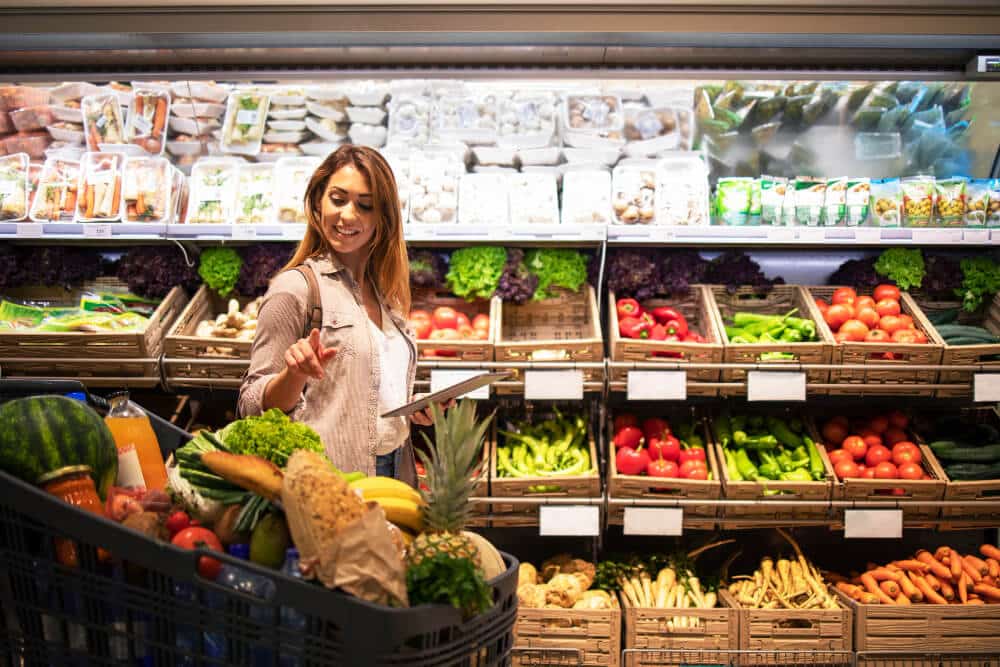
Benefits of a proper grocery store layout strategy
Here are some of the key benefits of having a proper grocery store layout strategy:
1. Increased sales
The first thing you will notice when you create a good layout is an increase in sales. When customers can find what they need quickly and in an organized manner, they are more likely to make purchases.
2. Increased customer satisfaction
A well-organized store layout makes it easy for customers to find what they need, which leads to increased satisfaction. This can lead to more repeat customers and better word-of-mouth reviews.
3. Increased brand recognition
Having a good store layout will make your products stand out from the competition. Placing specific brands at eye level or prominently near the checkout counter will help customers recognize these items.
4. Increased profits
The ultimate goal of any store layout is to increase profits. By optimizing the placement of certain products and taking advantage of strategic entry and exit points, you can improve your bottom line in a big way.
5. More brands would like to work with you
If your store is well-organized and looks inviting, more brands will want to do business with you. Since you have customers, brands would like to get a place for their products in your store. This will help you build a larger selection and bring in more customers.
6. More returning customers
All a customer needs is an organized store, good customer service, and competitive prices to make them come back. All of these elements will be achieved by having a good layout strategy in place.
If you manage to fulfill the customer’s expectations, they will return and keep coming back to your store.
Conclusion
Creating an effective grocery store layout strategy is key to ensuring your customers find what they need quickly and keep coming back for more. It’s important to consider your customer demographics, create an inviting atmosphere, and place items in strategic locations. By using these strategies, you can increase sales and create a successful grocery store business.

